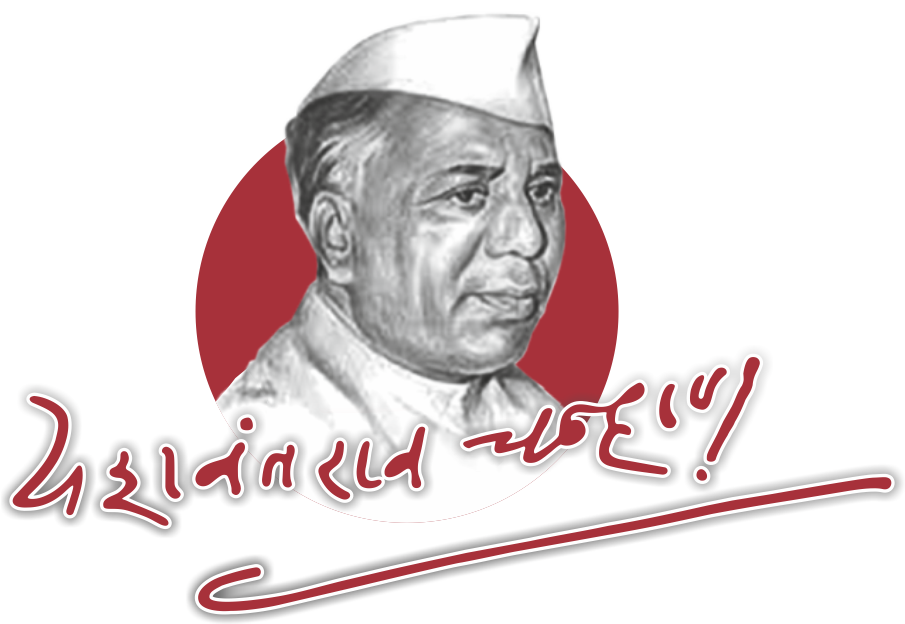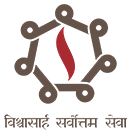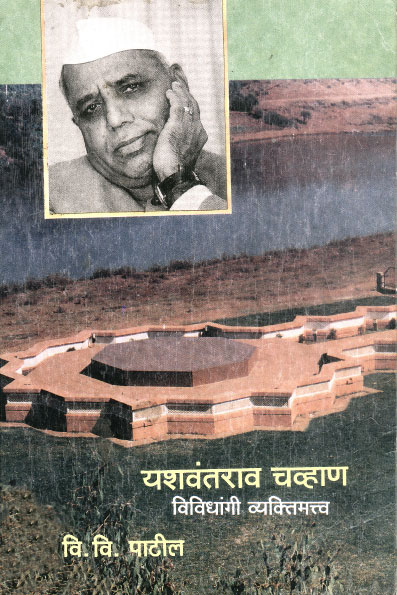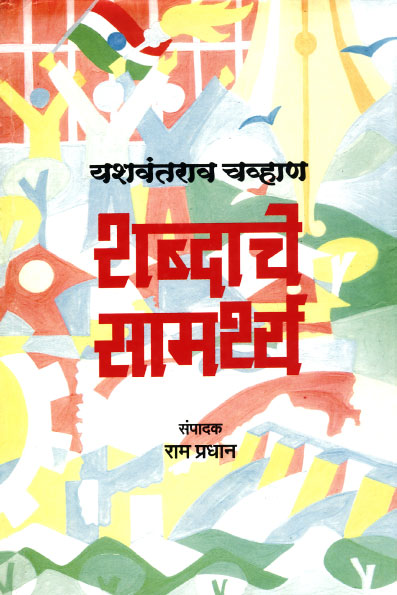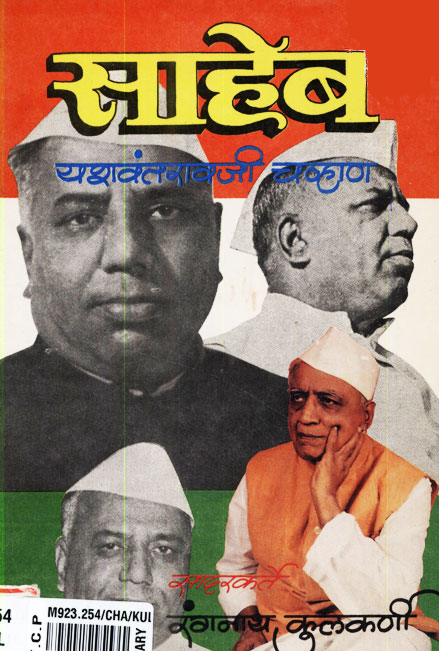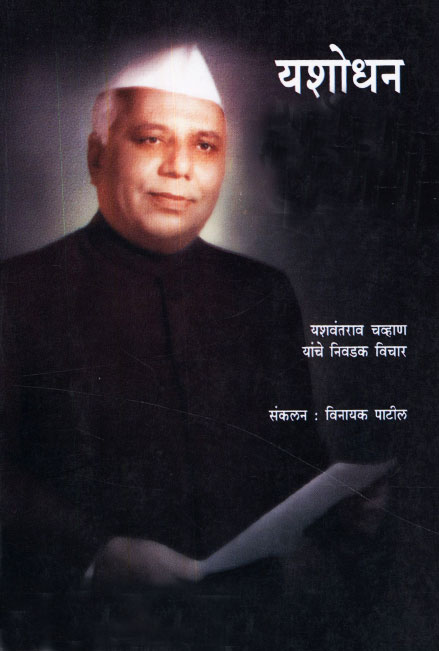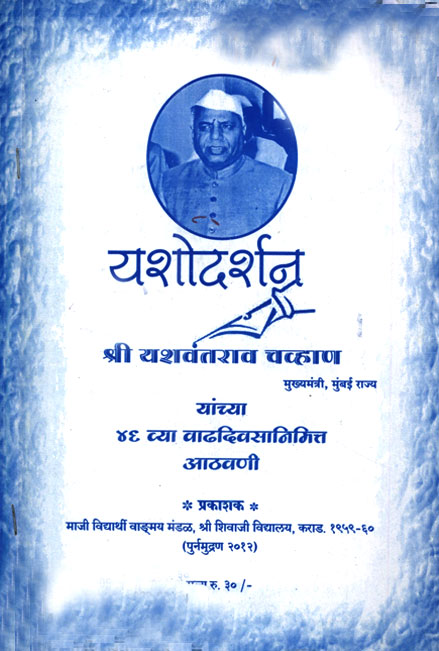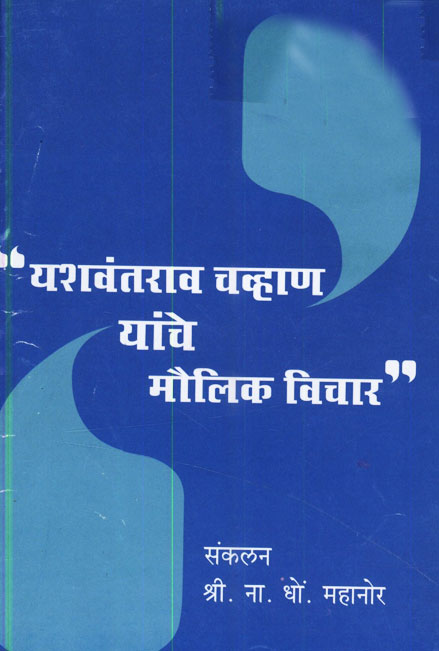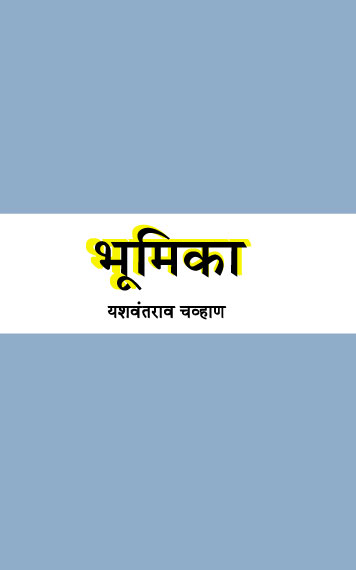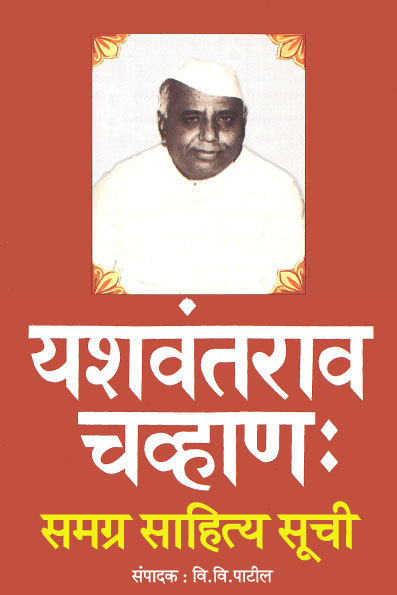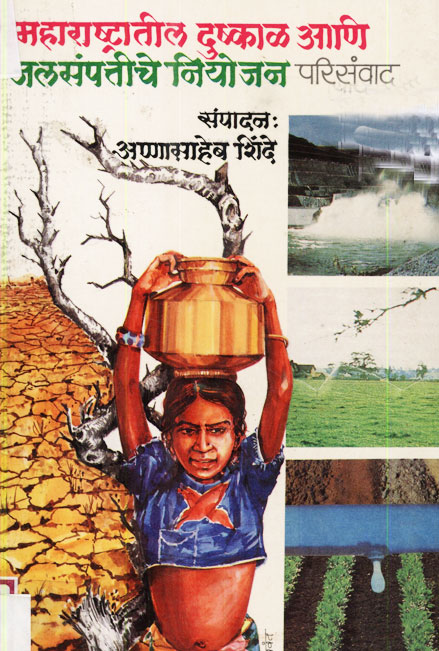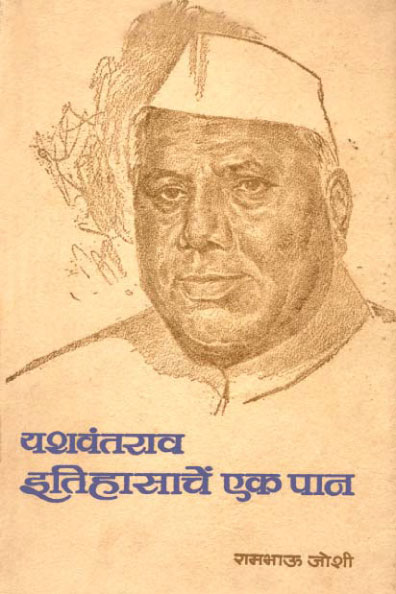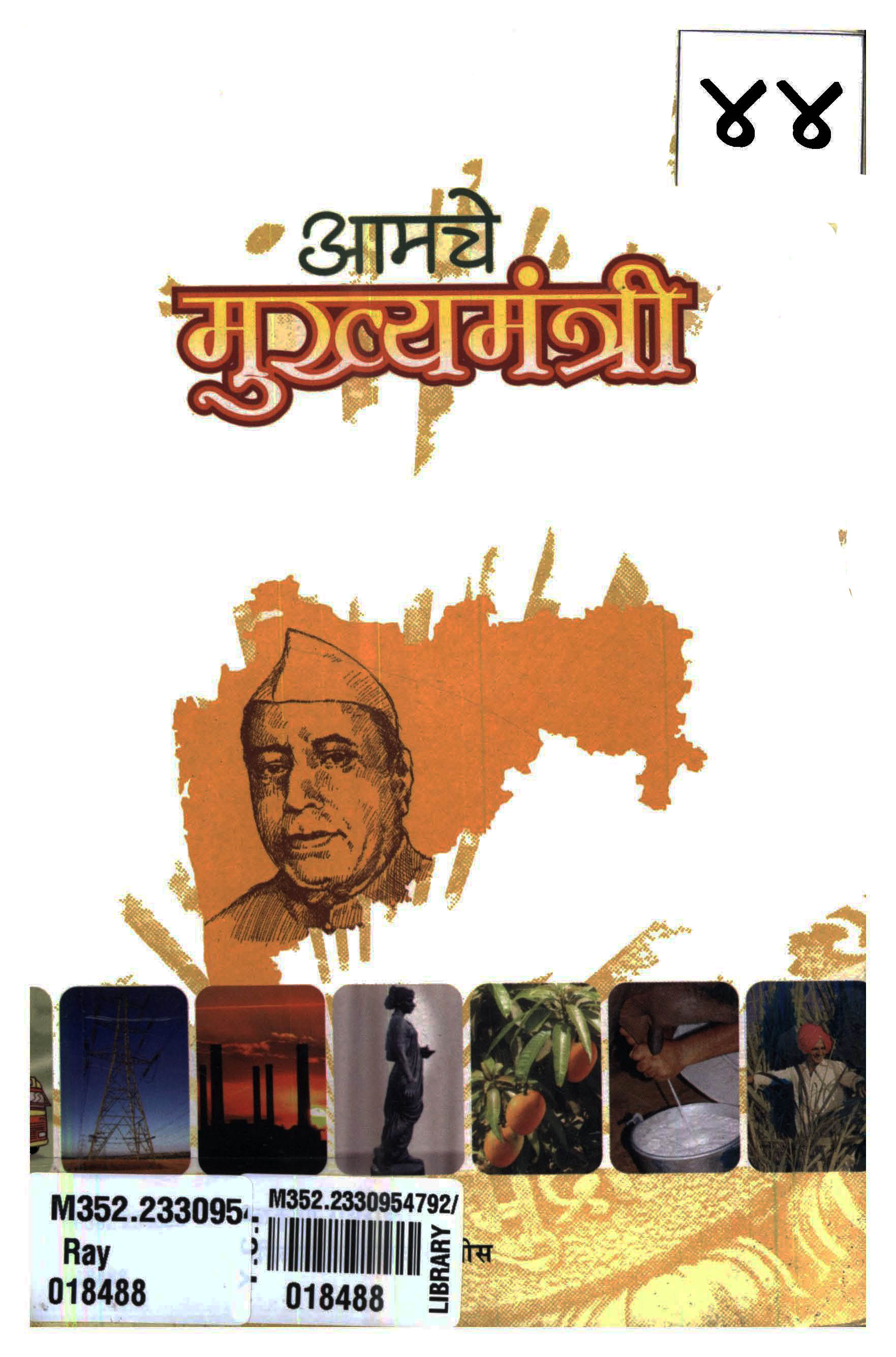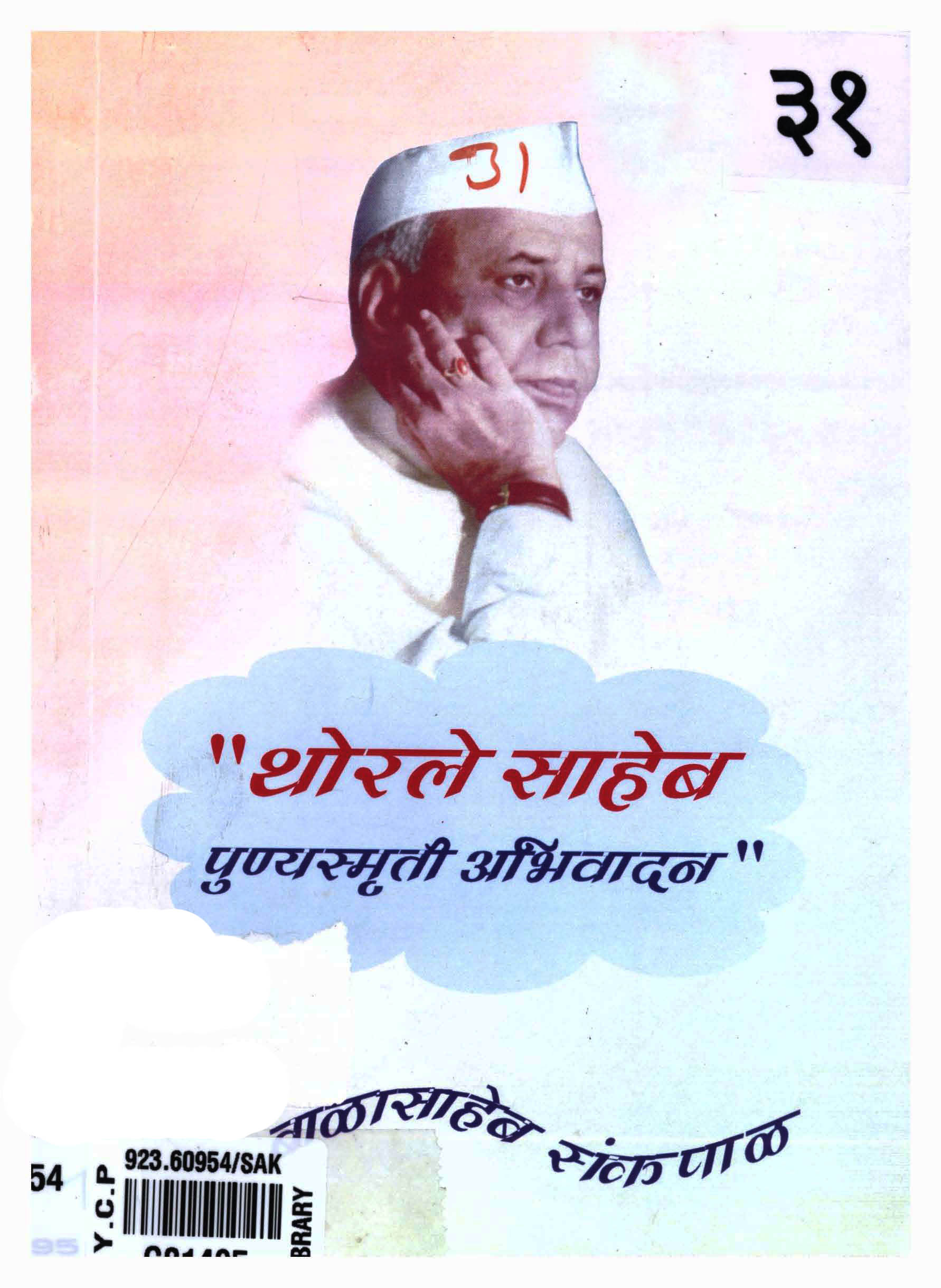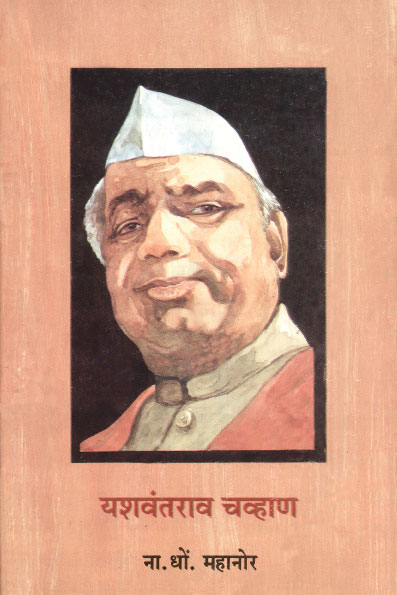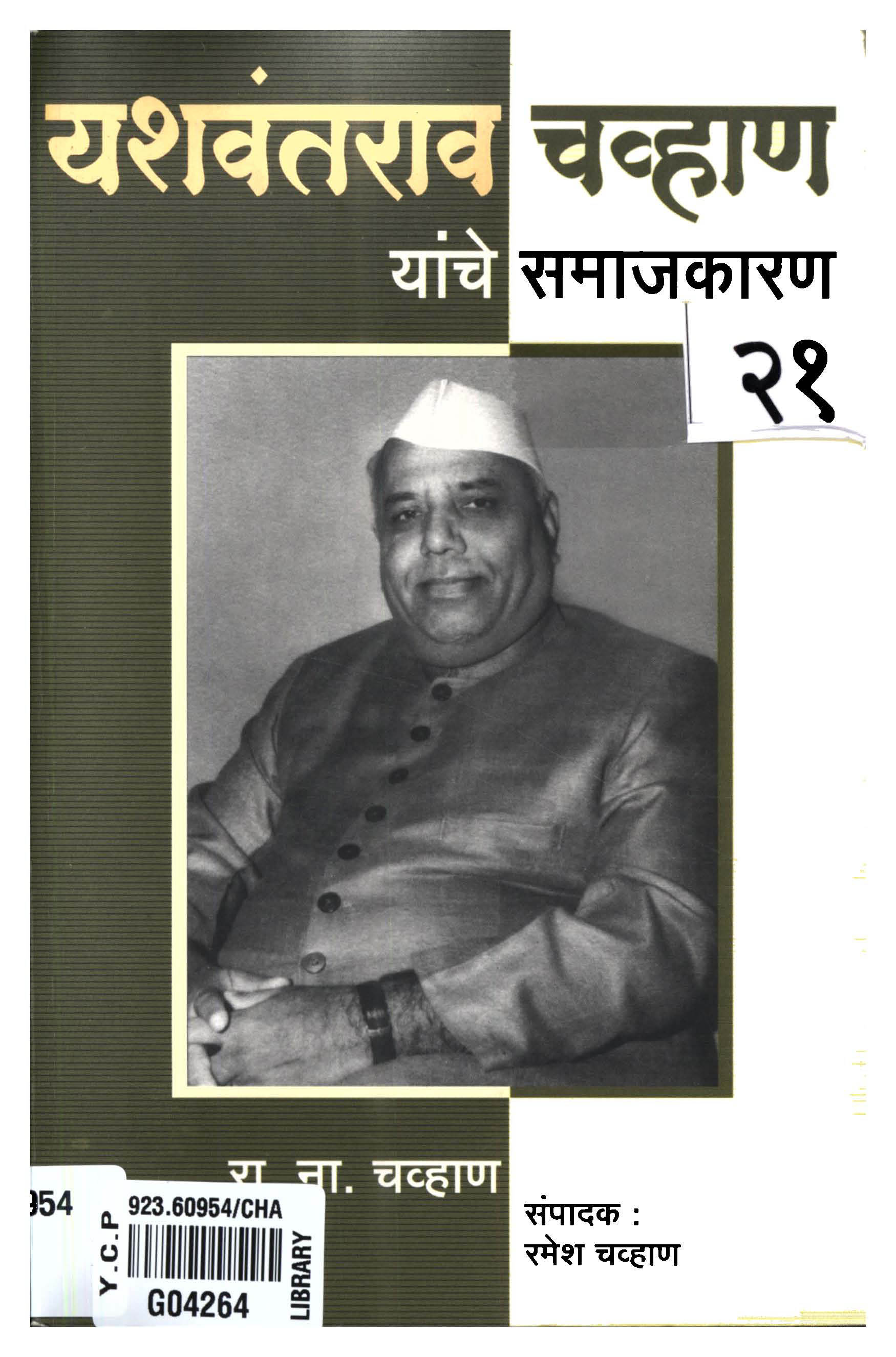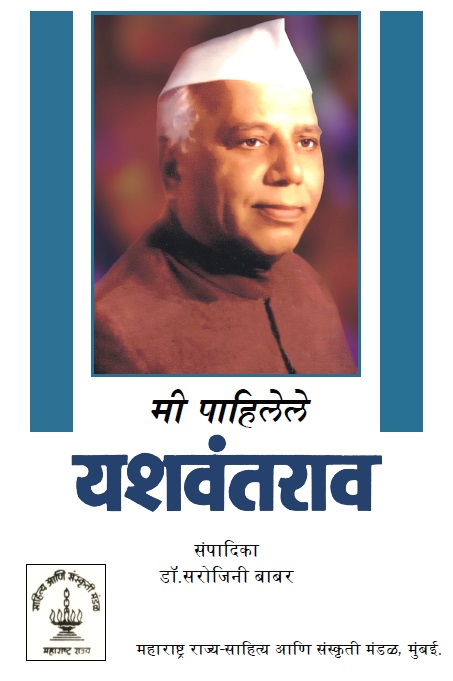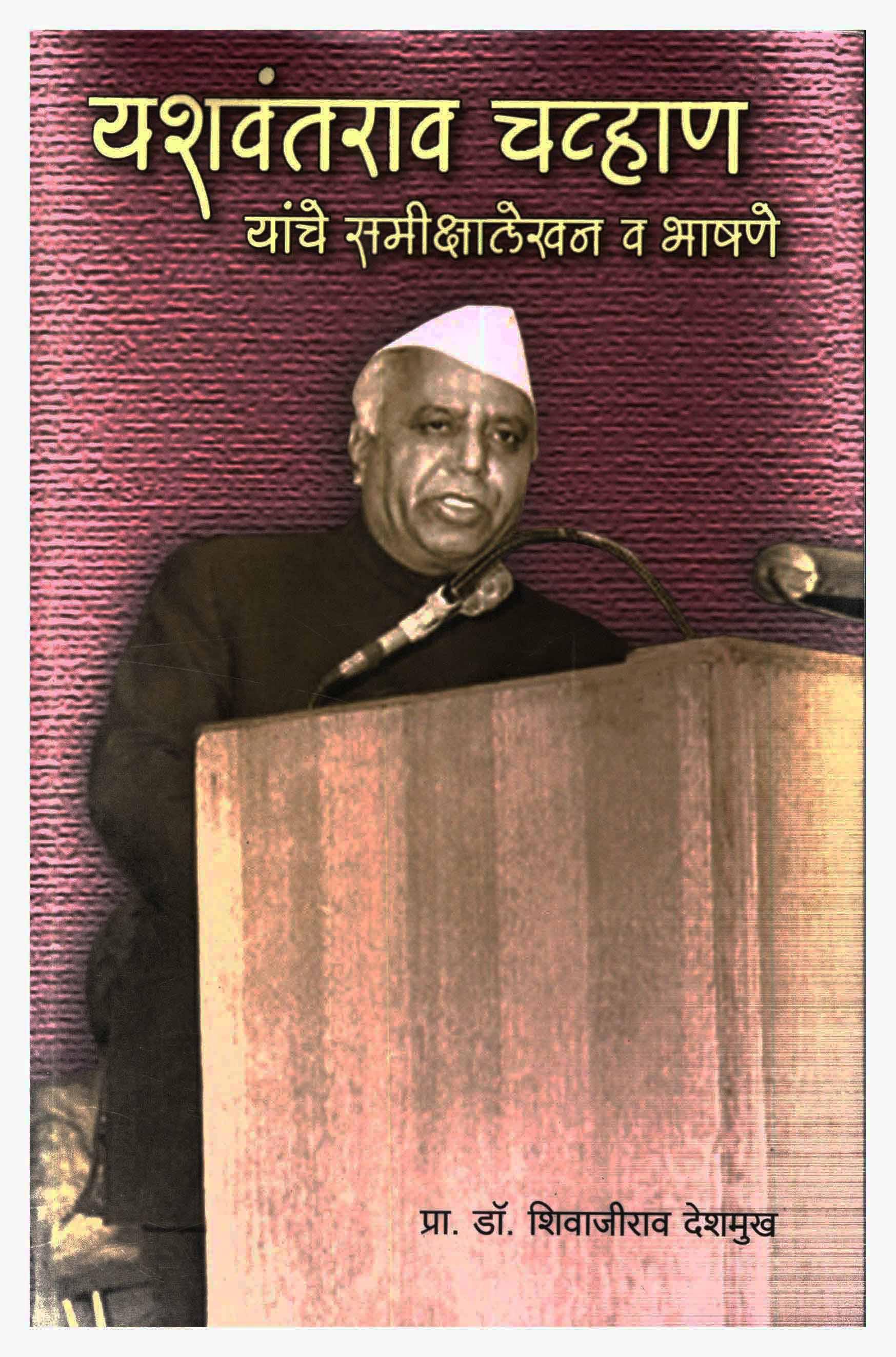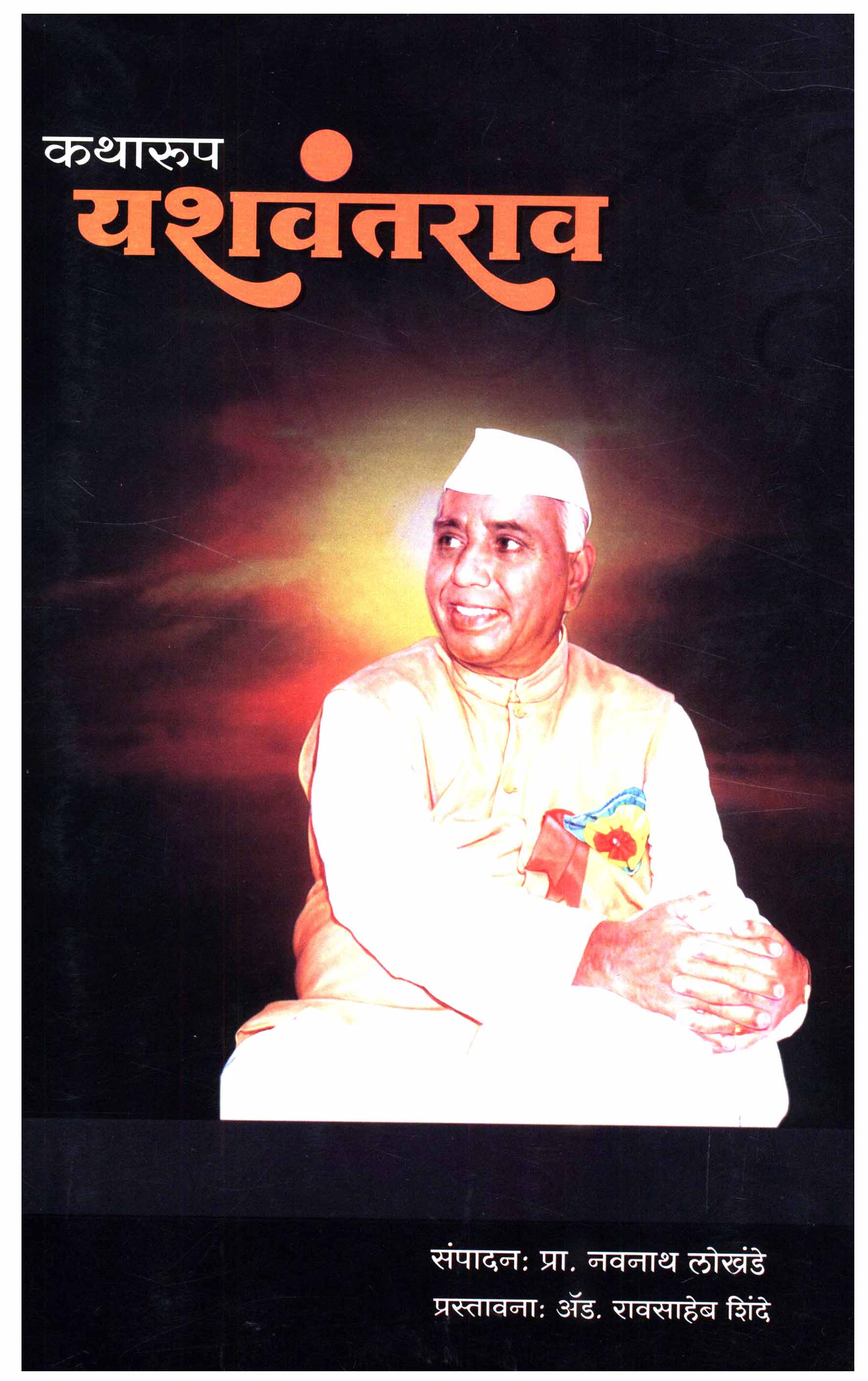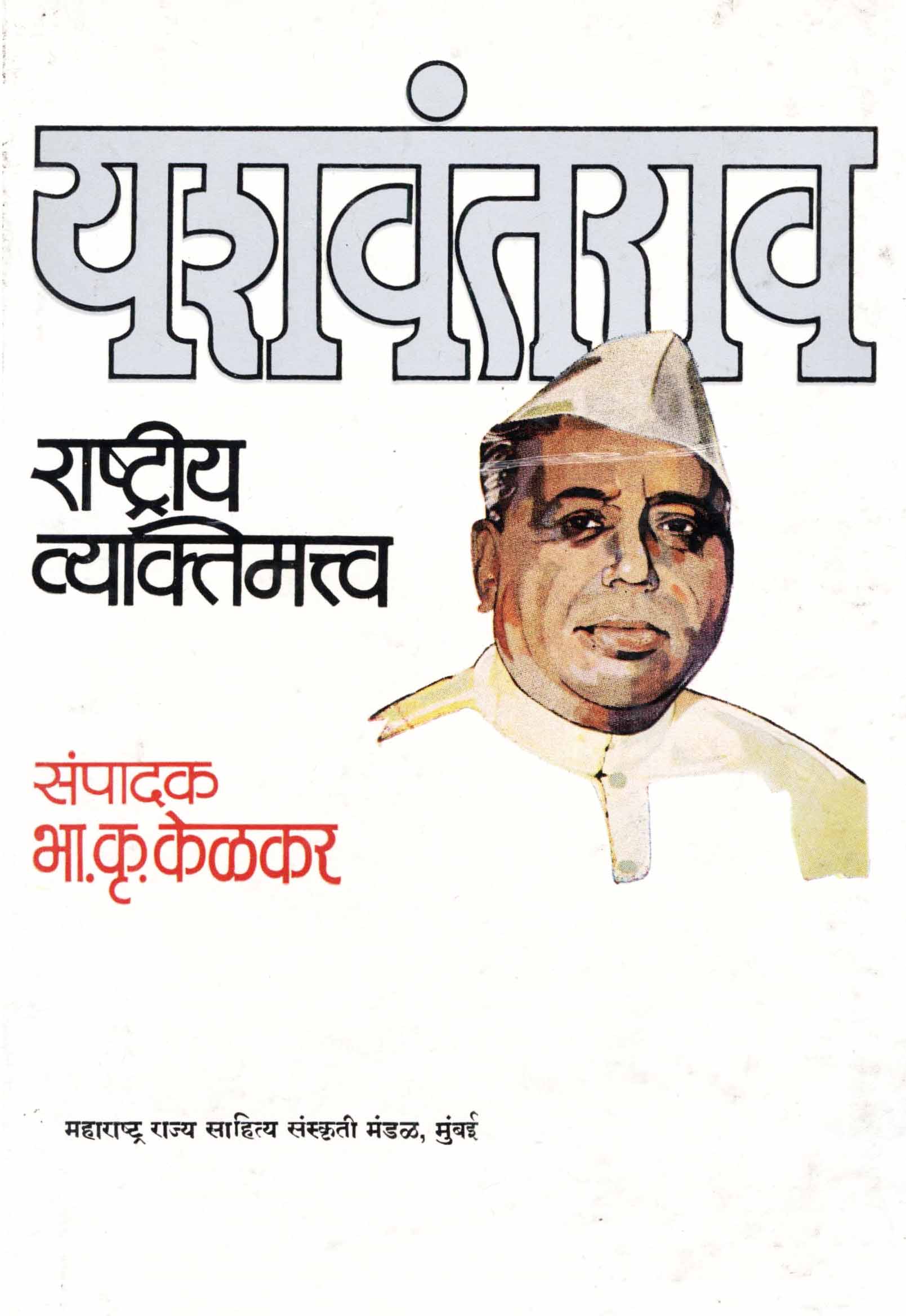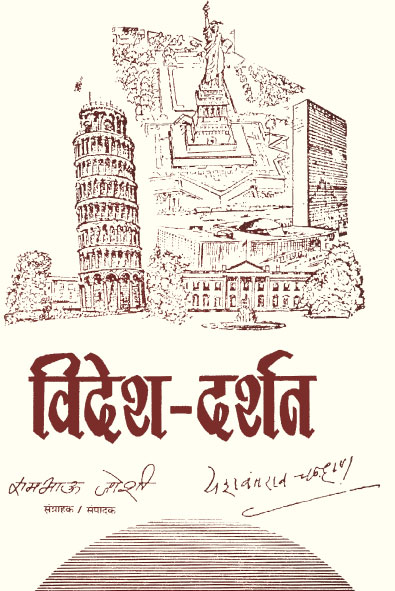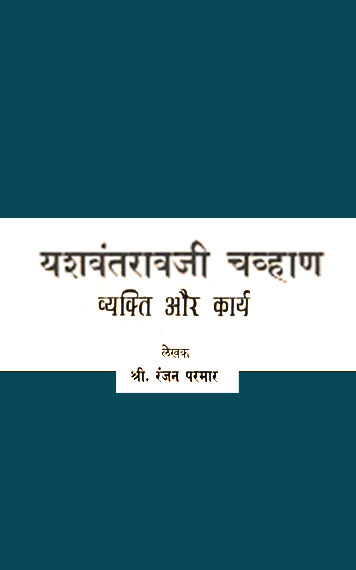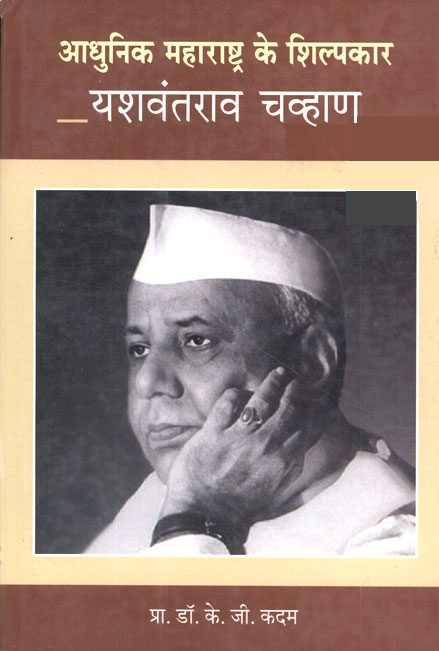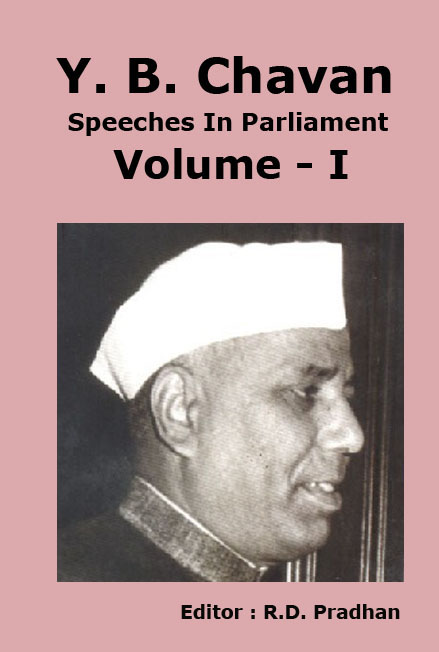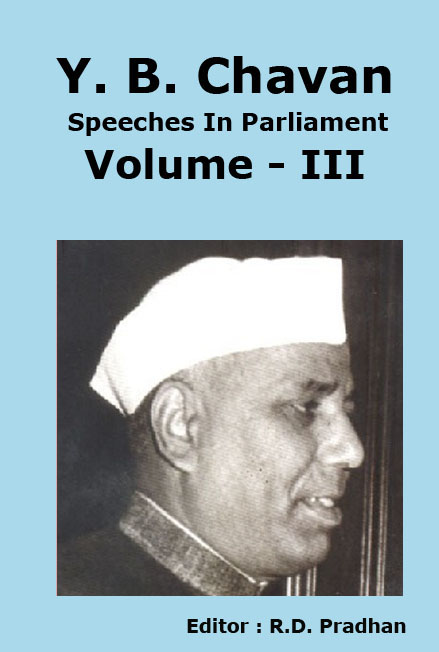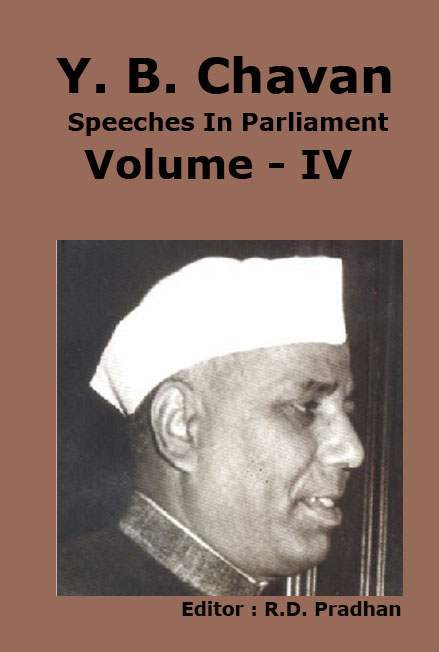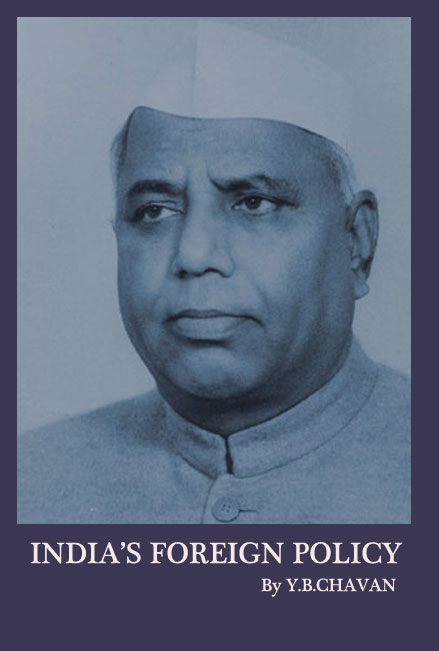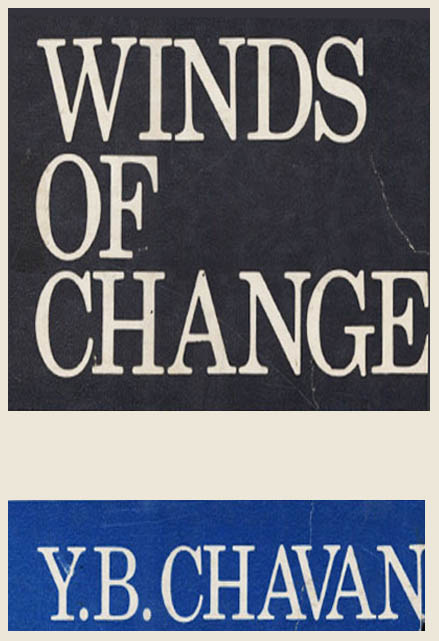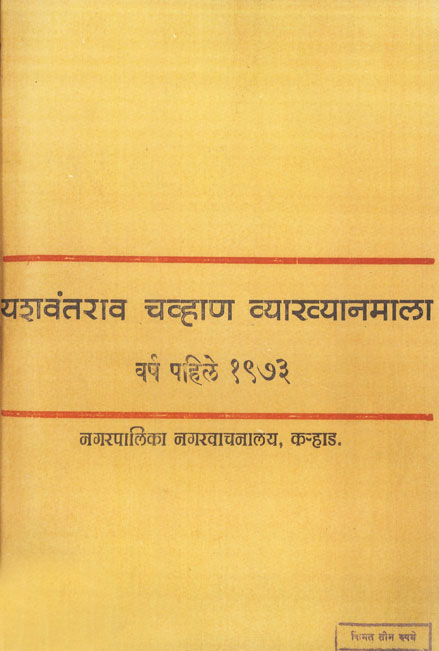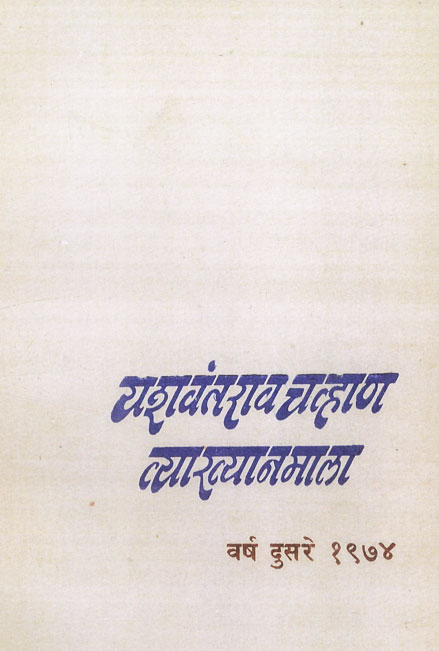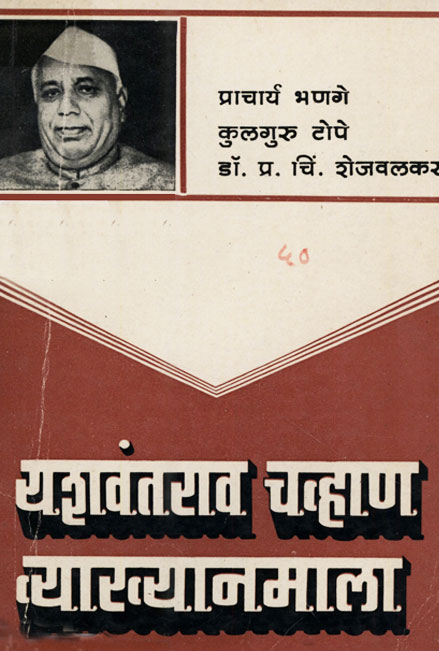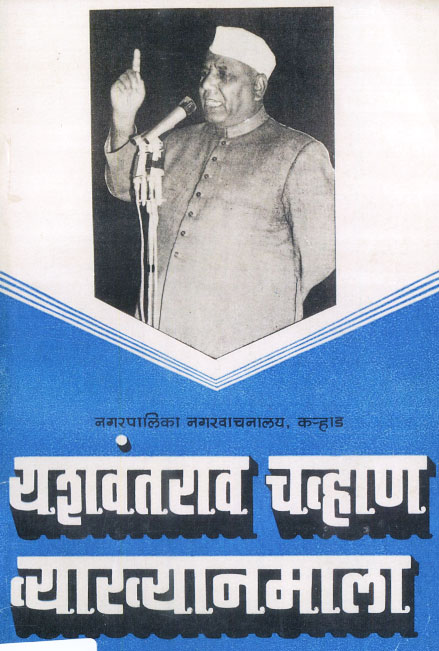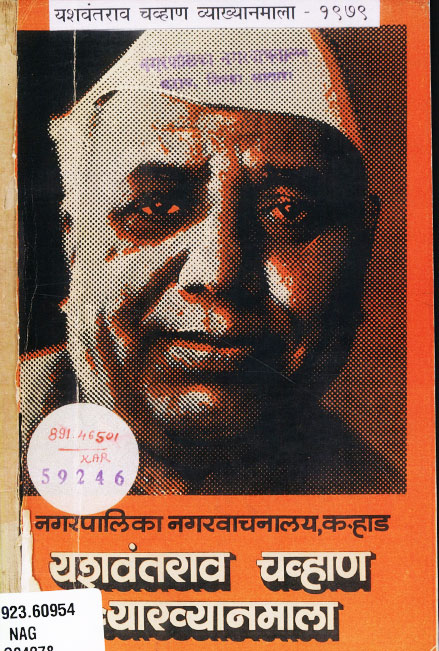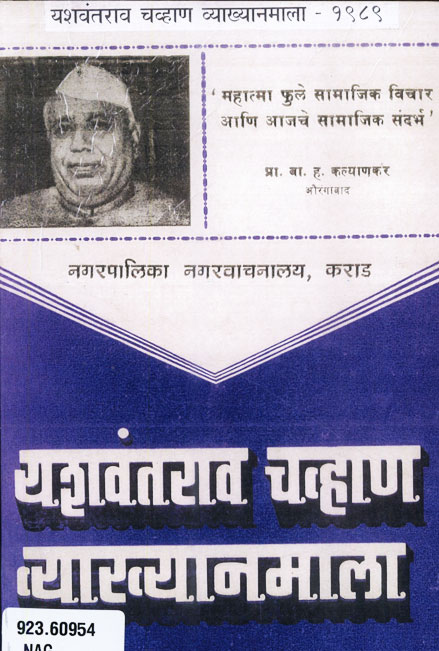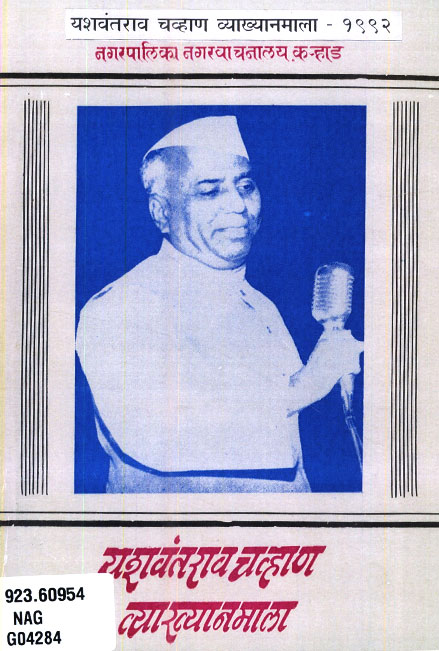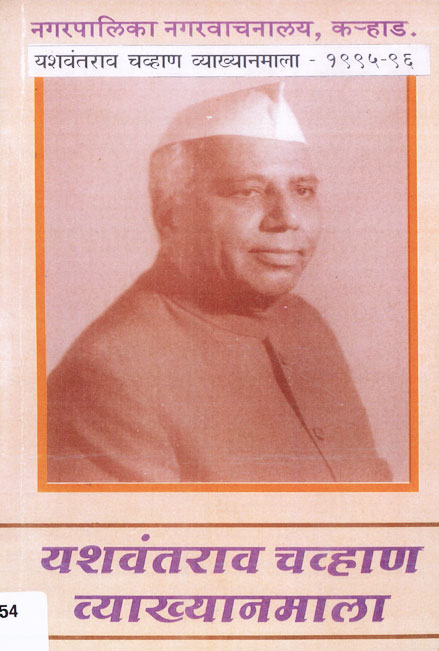When the subsidy was withdrawn by the Government of India, and as it caused a lot of hardships to the consumers in this State, we immediately took up the matter with the Government of India and, as you know, the Government of India itself being alive to the hardships of the people, have come forward to subsidise the poor man’s food, namely, milo, to the extent of Rs 2 per Bengal maund. Sir, I have tried to calculate the percentage of the rise in the food prices in this State. Before the rise in prices in this State, the ration per week per head cost about Rs 1-0-101/2. After the increase in prices, it comes to about Rs 1-91/2, that is, a 48 per cent rise. In view of the subsidy that we are getting now and if we compose the ration quantum this way, that is, 8 chhataks of rice, 18 chhataks of wheat and 20 chhataks of milo, the price of the ration quantum per week per head will be about Rs 1-4-41/2, that is, a 20 per cent rise. That is, we are reducing the rise in prices by 28 per cent. If we further change the composition of the ration and make it 21 chhataks of wheat and 20 chhataks of milo, that is, 50 per cent of milo, the price will go still lower. It will come to Rs 1-3-51/2 per head per week, that is, a 15 per cent rise. Thus we are practically cutting down the rise by 35 per cent. Of course, we cannot cut it down cent per cent but I would request the hon. Members to consider this question basically. What alternative have we? Some of my hon. Friends suggest that we should go to the Government of India. Going to the Government of India means one thing according to them and according to me it means something else. In view of the relations between the State Governments and the Union Government, as they are contemplated under the Constitution of India, we have to put our reasons before them and leave it to them to decide the matter. After all, they are our own people. They are as much responsible to the people as we are and the interests of the people are as much closer to their hearts as they are to ours.
Another pertinent question which everyone asks is whether in case the Government of India cannot subsidise the food, this State Government can do it out of its own funds? I will try to put before the House certain statistics. I am not an expert in these matters but I wanted to understand myself the whole question in all its aspects. When I tried to find out what amount of imported food would be required to meet the needs of the people of this State, I found that we would require 12 lakhs of tons and if we are to subsidise the whole of this imported food, taking the price level to that of March 1951, the cost will come to Rs 23 crores or thereabouts. If the House were to suggest that this step should be taken or that to this extent we should he prepared to subsidise food, then I would say, Sir, that it is not a reasonable proposition. So, it is not possible to subsidise food out of our own budgetary provisions to the extent that we would like to do. Of course, this Government did what it could by subsidising milo from the beginning immediately after the subsidy was stopped. As the House knows His Excellency’s Address makes reference to the fact that Rs 2.5 crores to Rs 3 crores were already sanctioned to subsidise milo. The only question is of giving relief to the poor people who are supposed to be hit hard by the increase in food prices and every attempt is being made in this direction. An approach to the Government of India was made and it has proved successful to a certain extent. The result of our approach, Sir, I have already made known to the House.
Then, there is another factor which also needs consideration. What has really been the effect of food prices on the cost of living in Bombay and other places? The index of the cost of living for April is not available today. It may be available by the end of this month. But then we wanted to calculate how far the food prices have affected the cost of living index. So, we took the offtake for the month of March and I hope hon. Members opposite would not quarrel with it because they would concede that the offtake for the month of April had been reduced as compared with the offtake for the month of March. Now, I may inform the House that the highest cost of living index reached in 1951, when the subsidy fully operated, was 337 for Bombay, 278 for Ahmedabad, 325 for Sholapur and 500 for Jalgaon. Now on the basis of the offtake for the month of March and the price level of April, the figures indicate that there is only a 41/2 per cent rise for Bombay, a 6 per cent fall in the case of Ahmedabad, a 3 per cent rise in the case of Sholapur –I would like the hon. Member Shri Jadhav to mark this–and a 12 per cent fall for Jalgaon. Now, if the reduction in offtake is taken into consideration I am sure that the rise that is recorded in the case of Bombay and Sholapur would disappear. And with the further subsidy which will take effect from 18th May, this rise will go the other way. I am trying to place this information before the House so that those hon. Members who have an interest in this affair, who want to study this question from a rational point of view if they can, may feel satisfied and arrive at a correct conclusion.

यशवंतराव चव्हाण सेंटर
जन.जगन्नाथराव भोसले मार्ग,
नरिमन पॉईंट, मुंबई – ४०००२१
दूरध्वनी : 022-22028598 / 22852081 / 22045460
फॅक्स : 91-22-22852081/82
ईमेल : info@chavancentre.org
